Some context is needed to explain why my holiday in the Comoros was my most chaotic holiday ever.
In 1975, the four Comorian islands, located between Zanzibar and Madagascar, had to make a decision about whether to break away from French rule. Mayotte remained part of France, but three of them, Grande Comore, Anjouan and Mohéli, opted for a ‘Comexit’ and formed the independent Union of the Comoros.
It has not been a resounding success. After independence, the Comoros has been plagued by political unrest (with more than twenty coups or attempted coups in fifty years) and economic malaise. Every year, thousands of Comorians in search of a better future reach Mayotte, i.e. France, by dangerous crossings on small boats, and in recent months the influx has led to mass protests in Mayotte as the economy is under pressure.
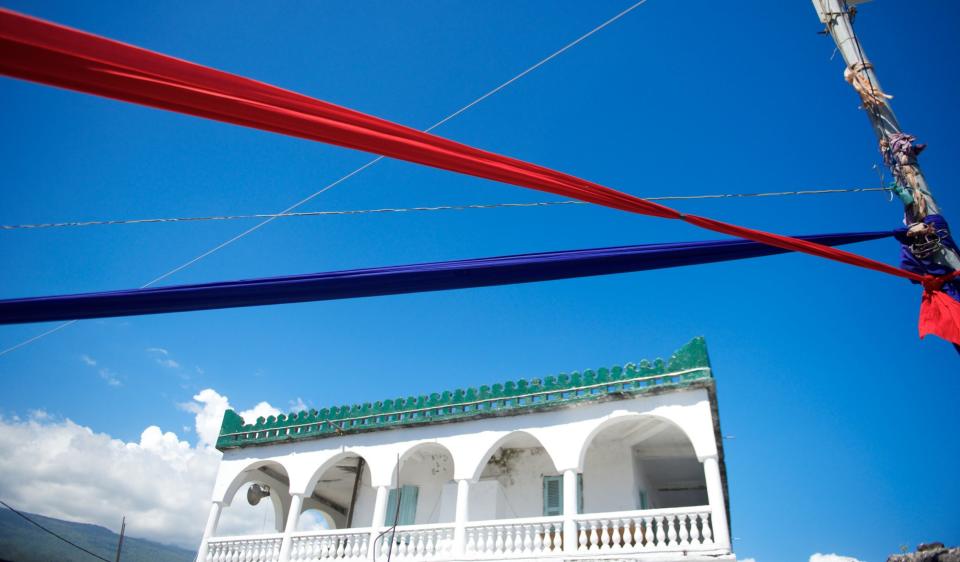

Still, I love faraway places, so I bucked the emigration trend and joined a modest influx of tourists. Jim O’Brien, the founder of tour operator Native Eye, sends about 40 guests each year. “It’s for those who love to travel as far off the beaten track as possible,” said O’Brien, who described the Comoros as a “low-key Zanzibar”.
The tantalizing promise of East African Swahili culture and the history of the spice trade certainly had my mouth watering. Once called the ‘Perfume Islands’ for the trade in nutmeg and cloves, tenth-century Arab traders had another nickname: the ‘Islands of Qamar (the moon)’, because of its lunar volcanic landscapes. Arriving at Grande Comore, the largest island, my flight from Paris flew over the colossal 7,000-foot volcano Mount Karthala before landing.
I clung to romantic ideals even after an unpromising ride from the airport, through a lava plain full of trash and unfinished buildings, to the capital Moroni, where the beach had a million times more discarded plastic than wooden dhows.
Moroni’s architectural centerpiece is the whitewashed 15ecentury Old Friday Mosque, which curves around a lava headland like a chic wedding cake. I looked at ankle-length worshipers Kanzu robes flow from the morning prayer. Abdur-Rahman, an older English speaker, invited me for cardamom-spiced coffee in the cramped hilltop medina just behind the mosque. “Our country is poor – the problem is that politicians steal everything,” he told me. In 2018, longtime incumbent President Assoumani tinkered with the constitution so that he could remain in office for more than two terms. He recently retained power in the January 2024 elections.
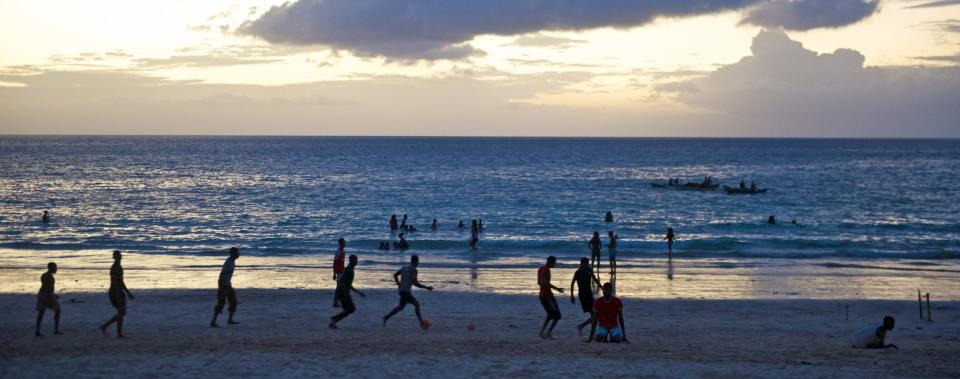

The nightlife is hardly shaking its stuff, but I’ve found a favorite sundowner spot: a beach bar in Itsandra with a wooden terrace selling French beer and grilled tuna skewers. It was a short taxi ride from my beach hotel, Golden Tulip, which was pleasant enough. My huge windows offered no privacy, but fantastic panoramic sea views.
Getting around outside Moroni wasn’t easy, so I hired Mohammed Yahya’s taxi for €55 and he drove me around the baobab-strewn north. At Lac Salé, a supernatural green lake fills a volcanic vent, which Mohammed insisted was bottomless.
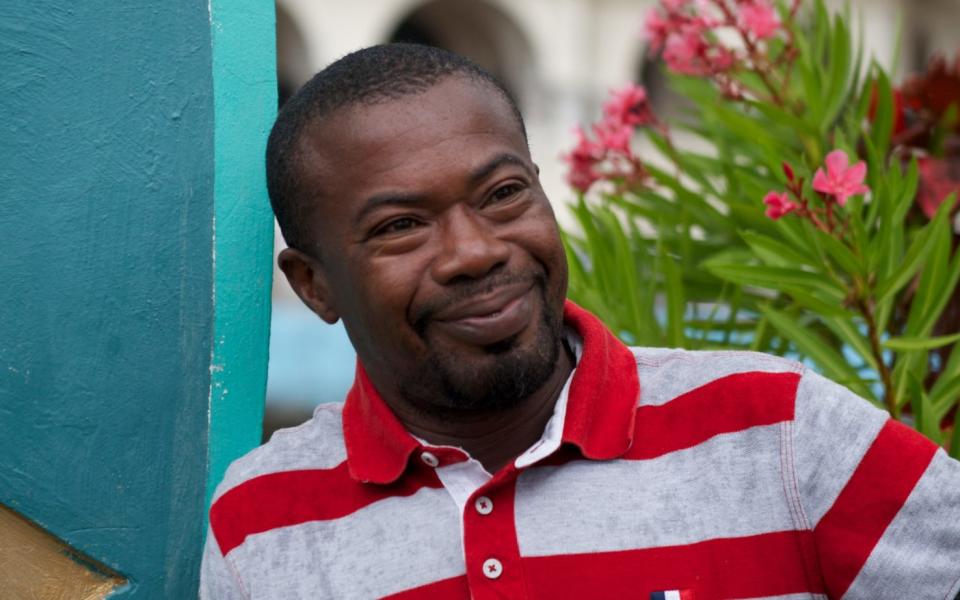

Mount Karthala, meanwhile, is only accessible on foot. My guided hike to the crater turned into a 13-hour hike back, leaving with the first adhan and returning with yellow legs to a blood-red sunset in the Indian Ocean. But it was impressive. Above the cloud forest, the crater manifests as a scorched plain of chocolatey volcanic gravel; the hissing fumaroles and acrid sulfur dioxide suggested that Karthala’s 2007 eruption would not be the last.
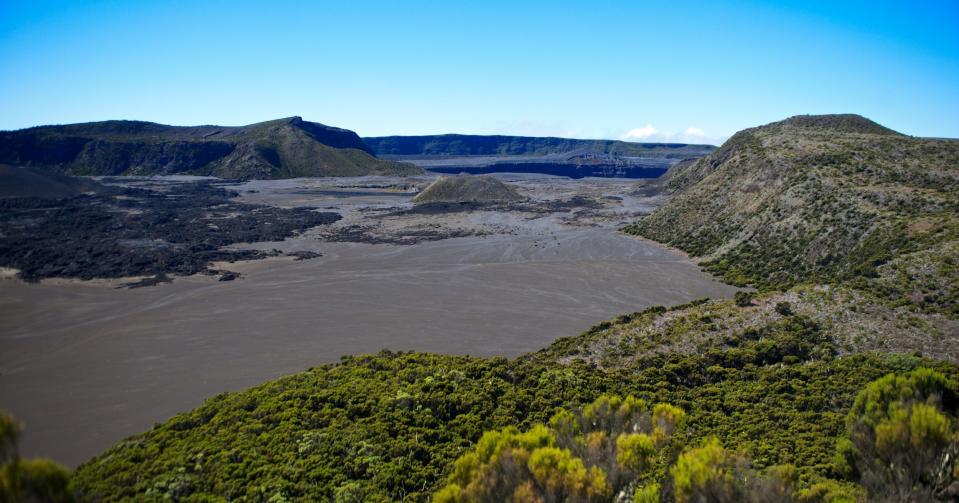

The next day I planned to fly to Mohéli, the most naturally beautiful of the three islands of the Comoros, with creamy white sand beaches surrounded by rainforest. I was drooling over photos of a fancy beach resort I had made reservations for near a beach where turtles nest. Paradise, I thought.
Subsequently, all domestic flights in the Comoros were canceled for no apparent reason other than political ploys. I went to the harbor to look for a boat, but the armada of it kwasa-kwasa it looked far from seaworthy and I had heard that many migrants trying to reach Mayotte had lost their lives.
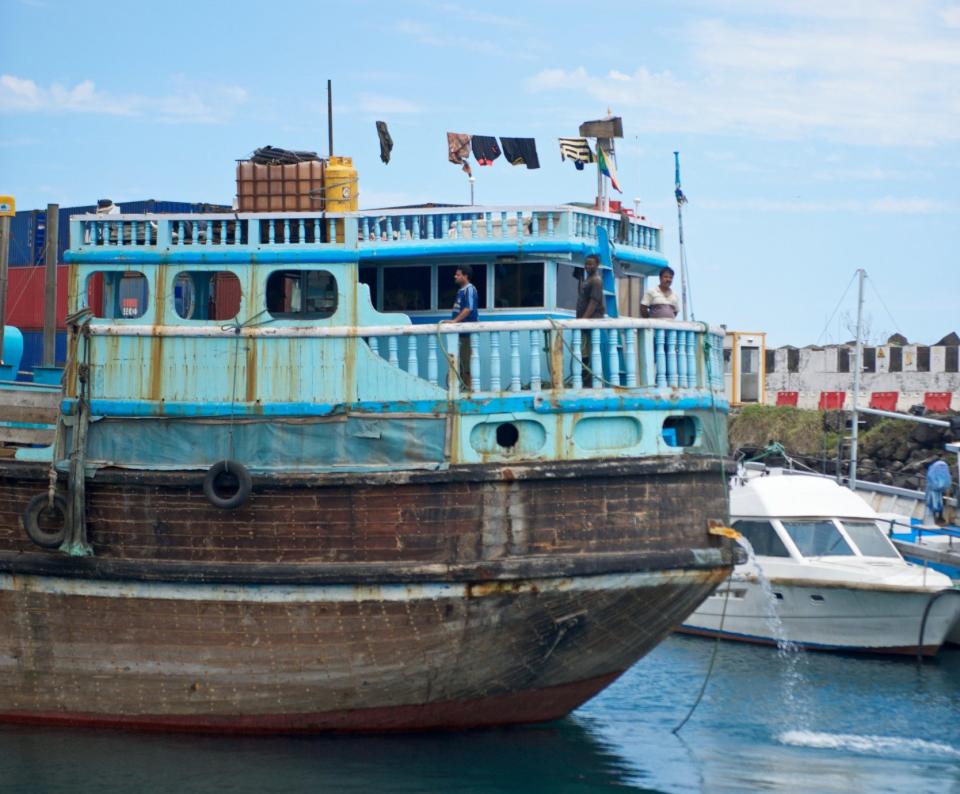

Frustrated, I boarded a regular ferry to Anjouan Island. The Gombessa sat in the harbor for hours as every sliver of space was filled, then groaned in protest as it slowly chugged towards Anjouan, arriving in Mutsamudu City in pitch darkness. My accommodation, the jaded Hotel Al-Almal, at least had a good view of fruit bats the size of pterodactyls crashing around the trees on the shoreline.
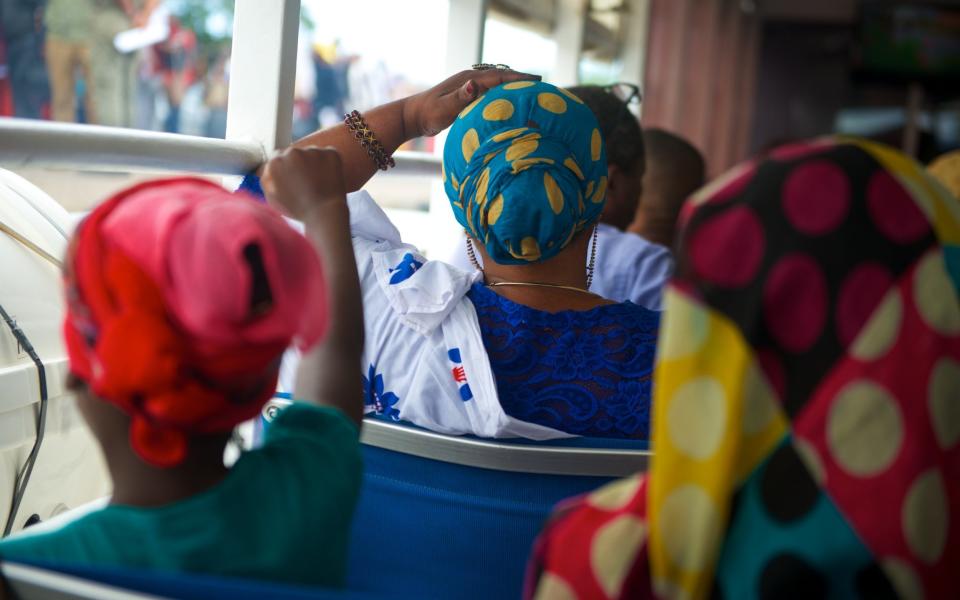

The next morning, joie de vivre was restored after a baguette and local coffee, and I contacted one of Anjouan’s few guides. “Welcome to the spice island,” said Patrice Kalde, who took me on a trip that was going well until his vehicle broke down. The highlands of Anjouan are fragrant of nutmeg, vanilla and cloves, and at a small distillery, bundles of perfumed ylang-ylang petals are loaded into an ancient-looking wood-fired tank. “The essence goes to France to be used in Chanel No. 5,” said Kalde.
Nearby is an impressive marble tomb in the shape of a mosque, dedicated to ex-president Abdallah. He seized power in a coup, but was assassinated in 1989. He must have been popular with a mausoleum of this size, I suggested. “Not at all. He built nothing, created no jobs and everyone remained poor except him,” Kalde responded resignedly.
Shortly afterwards I said goodbye to the Comoros and flew to Mayotte. International flights were functioning. It was like traveling 50 years into the future. Modern boutiques, cozy cafes selling all kinds of viennoiserie, clean swimming beaches and in lush green mountains around Sangoro Mbili I saw lemurs. Madame le Guillou, a French expat, provided a breakfast of homemade preserves at her bijou forest hideaway, Le Relais Forestier. It was my first cockroach-free night in two weeks.
If I were to go again, I would join a tour to avoid the frustrations you experience in a country better suited to adventurous backpackers with the patience of Job. Jim O’Brien told me his August tour is fully booked, so he’s organizing another one later this year. The Comoros has potential, you just need some local help to unlock it.
Native Eye’s nine-day ‘Comoros: Islands of the Moon’ tour costs £1,775pp, excluding flights. The next departure is October 21 (www.nativeeyetravel.com)